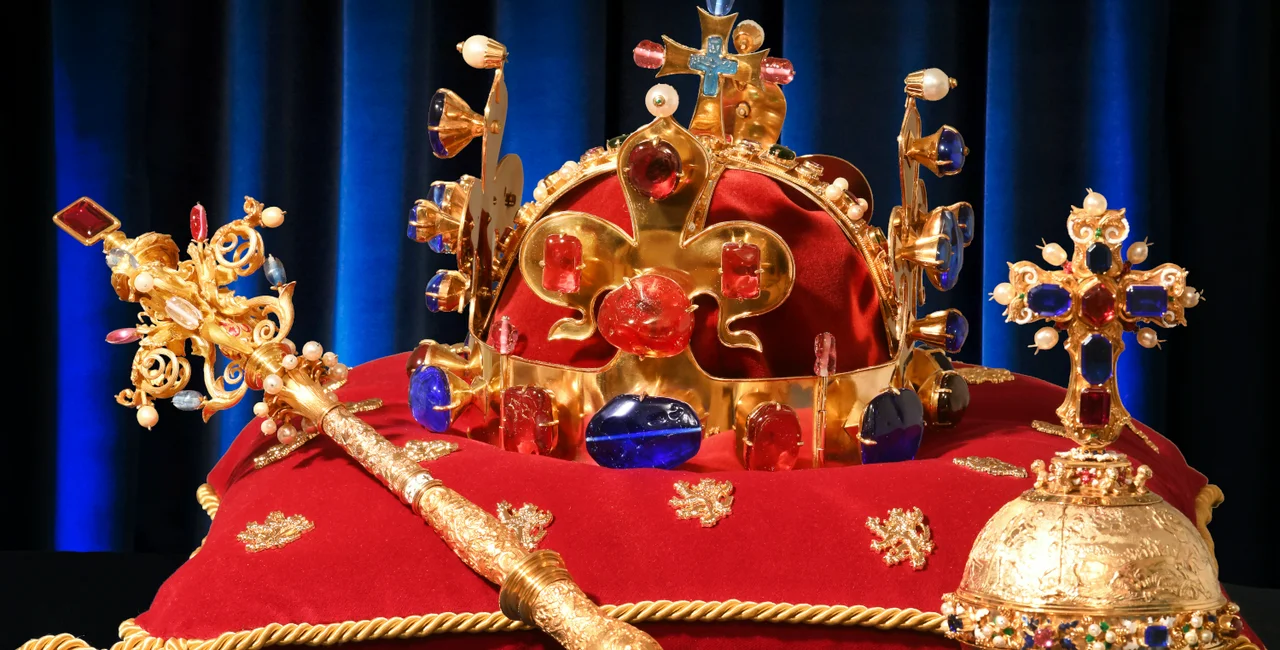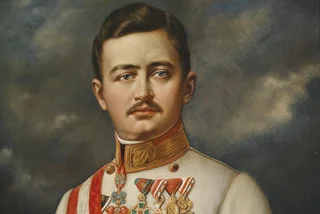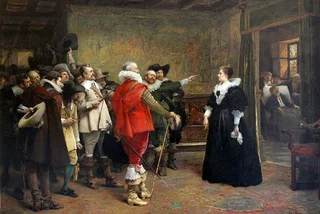The Czech crown jewels, which became available for public viewing Tuesday this week, have drawn thousands of people from around the country – and even abroad – for a rare glimpse at the historical artifacts.
A video released on Facebook shows hordes of people lining up to see the jewels, with the queue stretching to the gardens that lie beside Prague Castle. People reported waiting over four hours to gain entry into St. Vitus Cathedral, where the antique pieces lie.
No reservation system for issuing tickets led to a queue “stretching about half a kilometer” through a garden inside the courtyard of Prague Castle. Entry is free to the public.
Owing to huge demand, Prague Castle announced that it would extend its exhibition, which originally had been open until Saturday. It will now be accessible until Tuesday.
It was reported that tourists from Germany and Turkey were also in attendance. Even former Prime Minister Andrej Babiš came earlier this week to view the jewels.
The last time the jewels were available to the public was in 2018 – they are on display to commemorate the 30th anniversary of the founding of the Czech Republic.
The crown jewels hold huge historical significance in Czechia: dating back to the 14th century, they served as “badges of rule and power” of Czech kings, ČTK comments.
🌟 Customer Care Specialist FR – Prague 🌟

Financial Reporting & Analysis Specialist

Stojà za to, vystát tu frontu 🙂 pic.twitter.com/B41hB72YfY
— Lucie Volencová (@LucieVolencova) January 19, 2023
The set of jewels includes the St. Wenceslas crown, the royal scepter, the global cruciger, and a coronation cloak.
A rich history
The St. Wenceslas crown was made in 1346 for the coronation of King Charles IV. It contains an impressive 44 spinels, 30 emeralds, 19 sapphires, one ruby, one rubellite gem, and an aquamarine stone.
The scepter and global cruciger (which is a Christian cross installed on top of a sphere) are both made from gold and were created in the 16th century for King Ferdinand I of Habsburg.
The coronation cloak was specially made for King Ferdinand II in the 17th century, and is made from silk and, curiously, weasel hair.
The jewels are traditionally stored in the so-called Crown Jewels Chamber within St. Vitus Cathedral. Seven keys were created to gain access to them, and have over history been bestowed upon a select group of individuals.
Today, these include the president and prime minister of Czechia, the archbishop of Prague, the speaker of the Chamber of Deputies, and the Prague mayor.












 Reading time: 2 minutes
Reading time: 2 minutes 



 Norwegian
Norwegian
 Spanish
Spanish
 Danish
Danish
 Swedish
Swedish






















